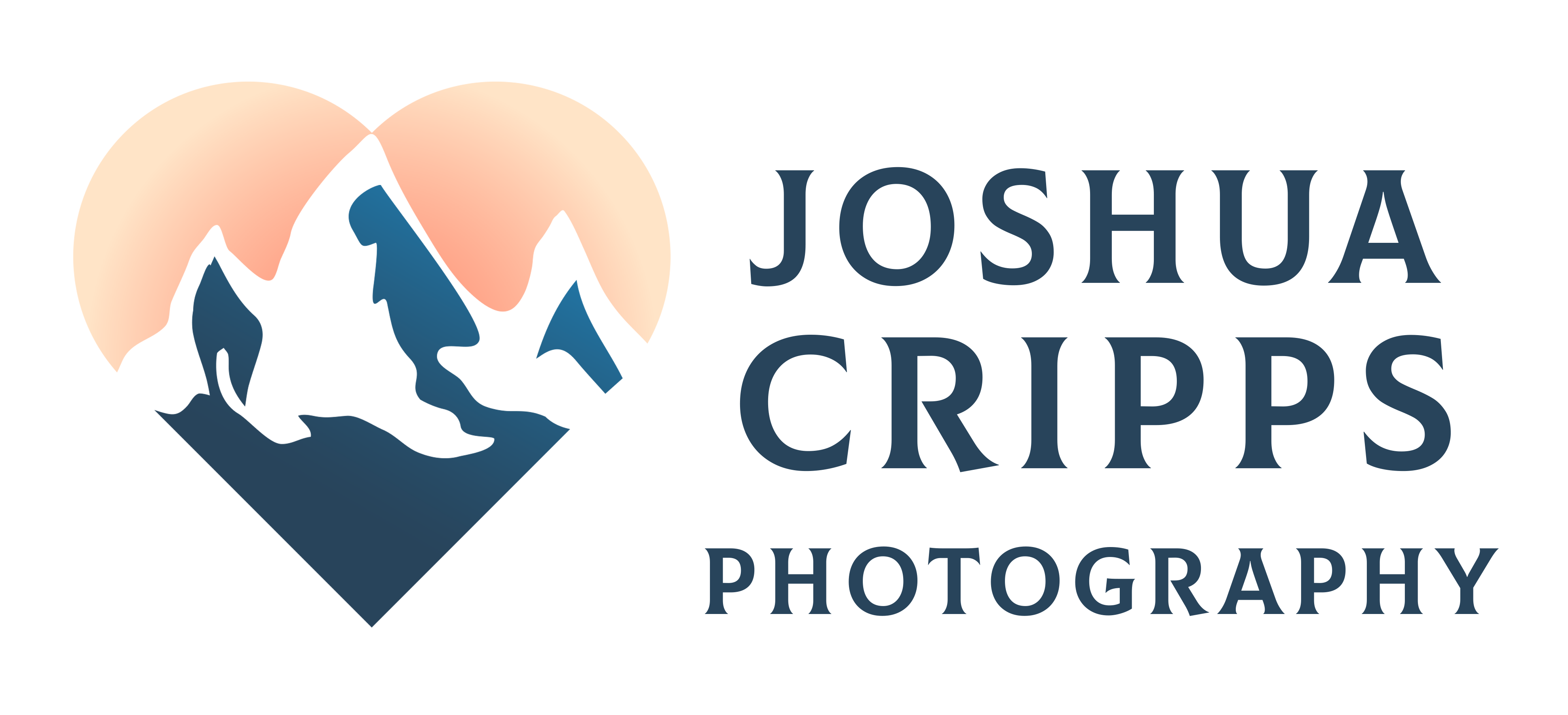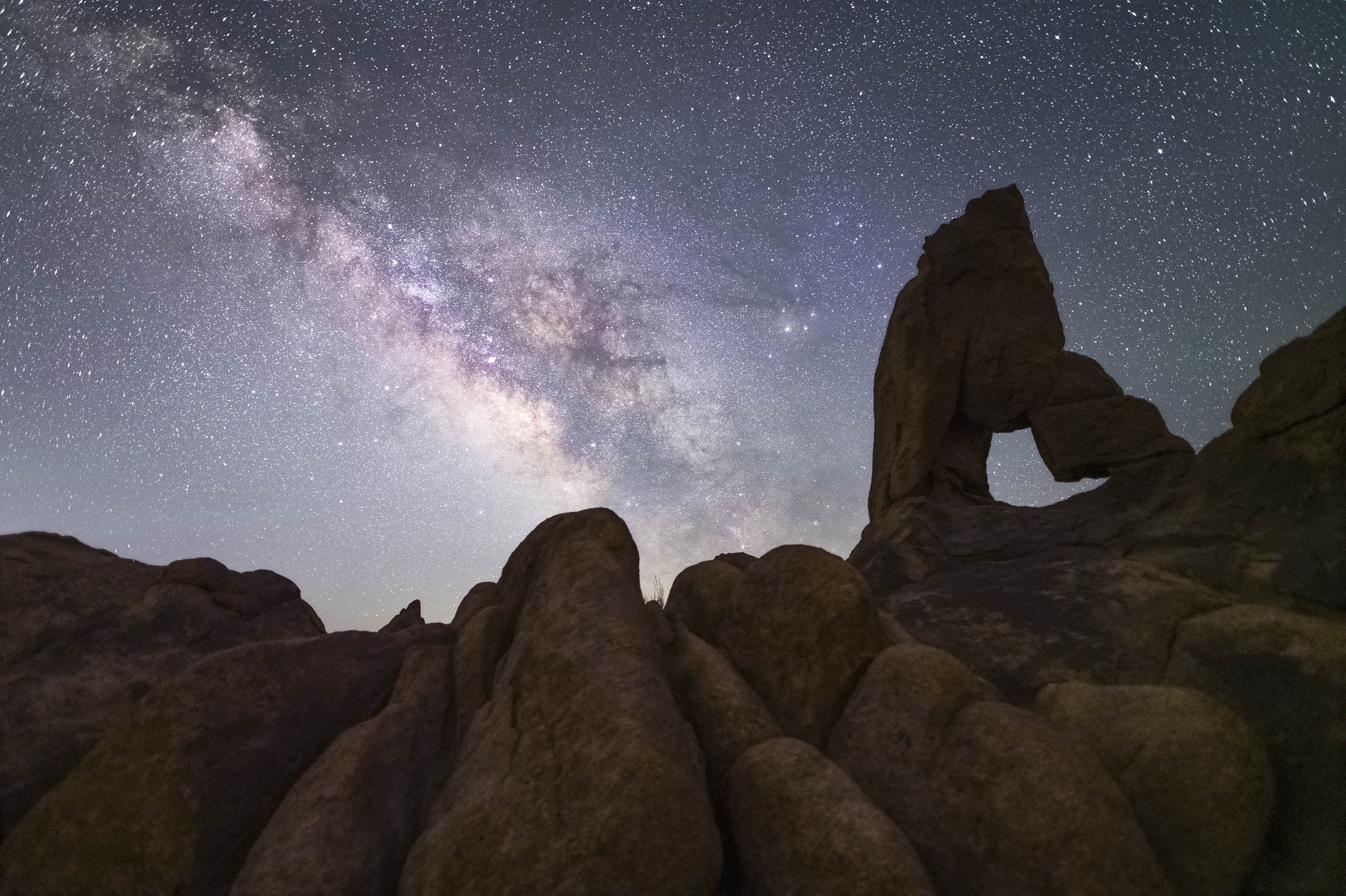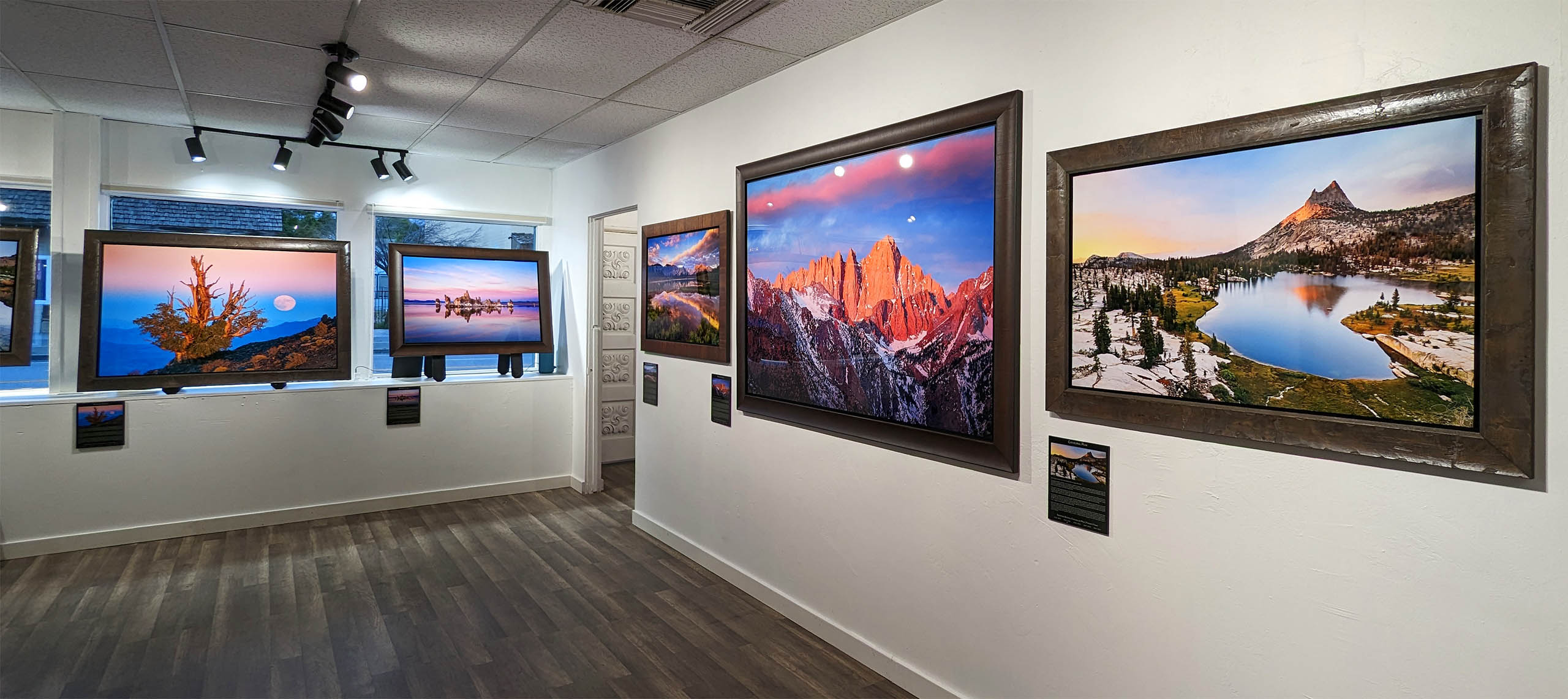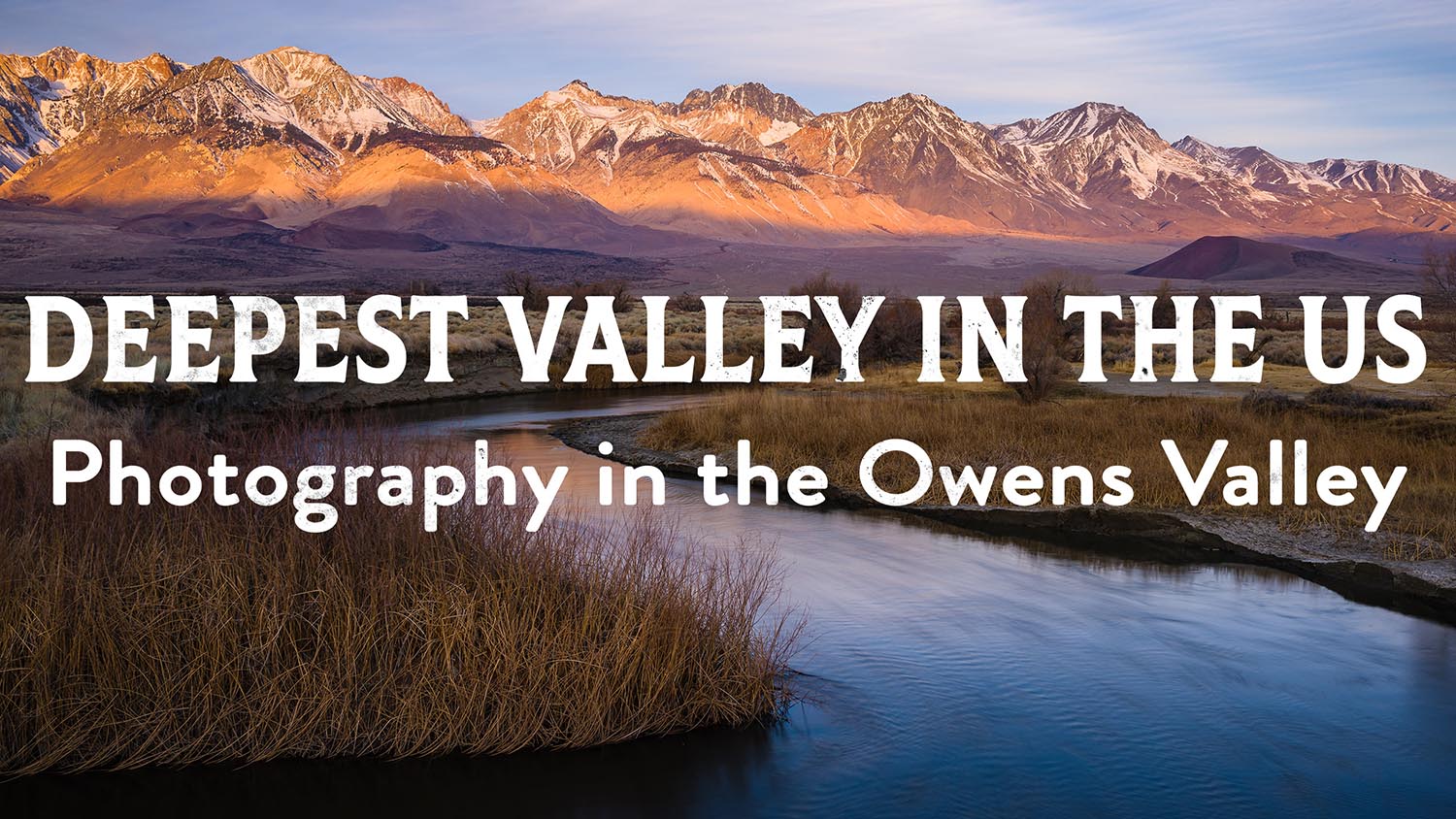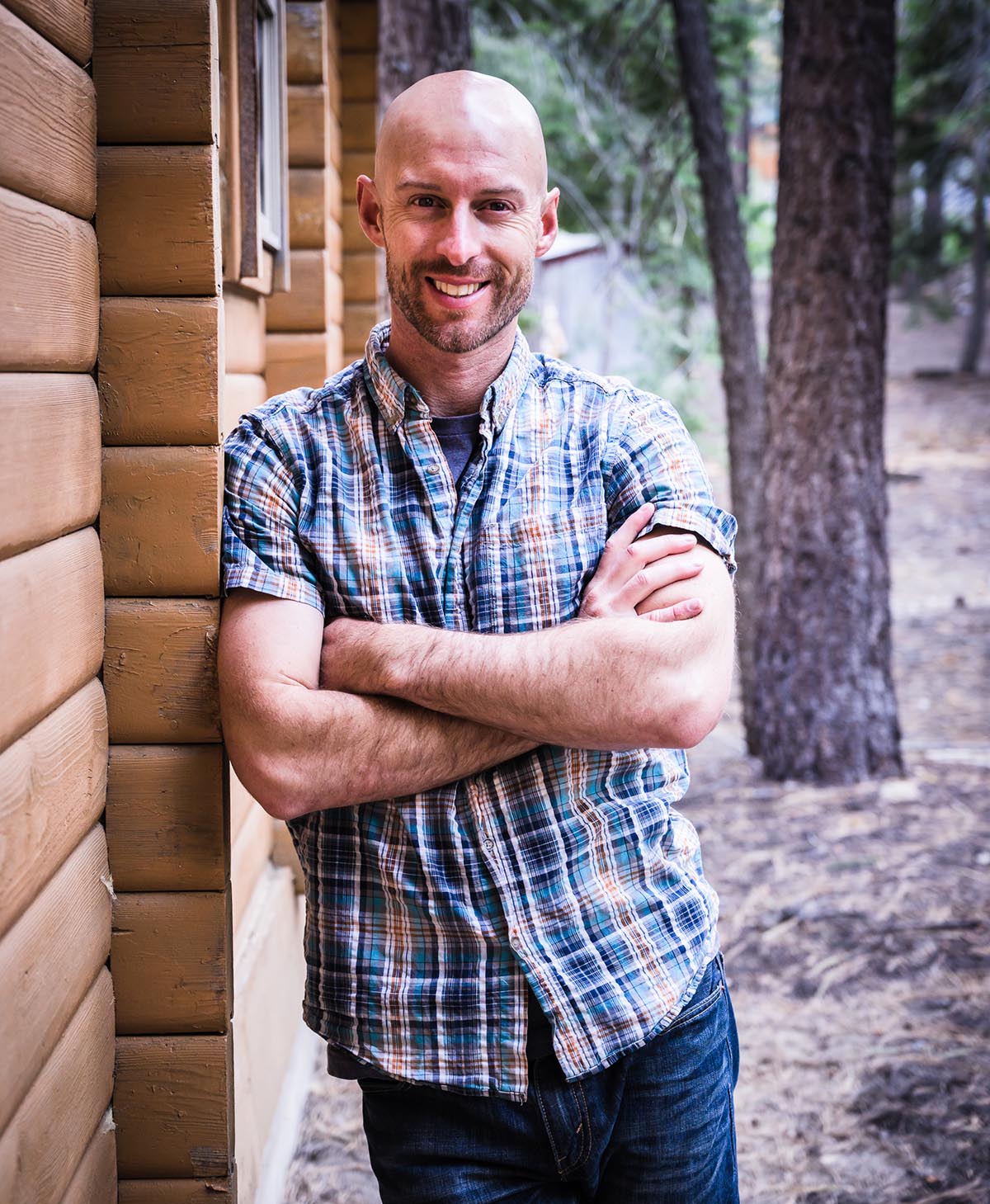The Art of Nature Photography
Joshua Cripps
Is nature photography an art form? If you asked that question among the photographic community, I believe you’d get an unequivocal “YES!” as an answer. That nature photography is a form of art is something the I and many other photographers believe fully. But what if you asked that question among the general public? Or more importantly, among brand new, aspiring photographers? What would they say?
I’ve been asked multiple times if what I do is art, the question usually flowing to the tune of something like: “You take pictures of something pretty that’s already there. How is that art?” A logical offshoot of this is: “In fact, if all you’re doing is creating a copy of something pretty and calling that art, isn’t the original landscape a piece of art as well?”
I’ve actually written about this at length before in this essay, so I’ll keep my comments brief for now. Suffice it to say that every beautiful place affects each of us in some way and instills in us some emotion, whether it be awe, admiration, wistfulness, or happiness. And every time some one takes a photo of one of these beautiful places, he is trying to capture some of the emotions he felt in being there. But how many times have you seen a photo of a place and heard the photographer tell you: “If only you’d been there! If only you could’ve seen it with your own eyes. Then you would’ve felt what I felt!” So what happened to all that emotion and feeling? Where did it go and why is it lost from these photographs?
That’s where art comes in. A piece of art is able to convey emotion and feeling. And more than that, true art is able to convey the exact emotions and feelings that the artist intended. A beautiful landscape itself may convey many emotions to many people, but in a piece of art, an artist is able to show one thing to everyone, to convey a specific meaning and significance that might otherwise have not been noticed (this is why the natural world is not art in and of itself: it is not a conscious attempt to convey specific thoughts, feelings, and emotions). And this is the difference between just a photo and a piece of art: a simple photo might show you what a place looks like, but a piece of photographic art will show why that place is meaningful, and will leave the viewer charged with the emotion of the place.
This is why nature photography is most certainly an art form. A good nature photograph has the power to stop us in our tracks, to drop our jaws, and to leave us feeling amazed at the beauty in the world. But the ability of nature photography to do this doesn’t just come from pointing a camera at something pretty and pressing the shutter. It comes from an artist’s careful consideration of a scene, from experience, technical know-how, and aesthetic sensibilities.
The reason I specifically singled out new, aspiring photographers in the first paragraph of this essay is that they need to understand that producing art is all about making creative decisions. As I mentioned above, a beautiful landscape might affect us all in a slightly different way. In order to produce a piece of art, an artist must first understand how the landscape is affecting him. Armed with that knowledge, he can begin to make creative decisions about how to capture a scene in order to convey the emotions he wants to convey.
Naturally those creative decisions manifest themselves in the way we set up our cameras: aperture, shutter speed, ISO, composition, and so on. These are the landscape photographer’s tools in creating a piece of art and will be the subject of many follow-up posts.
share this article:
